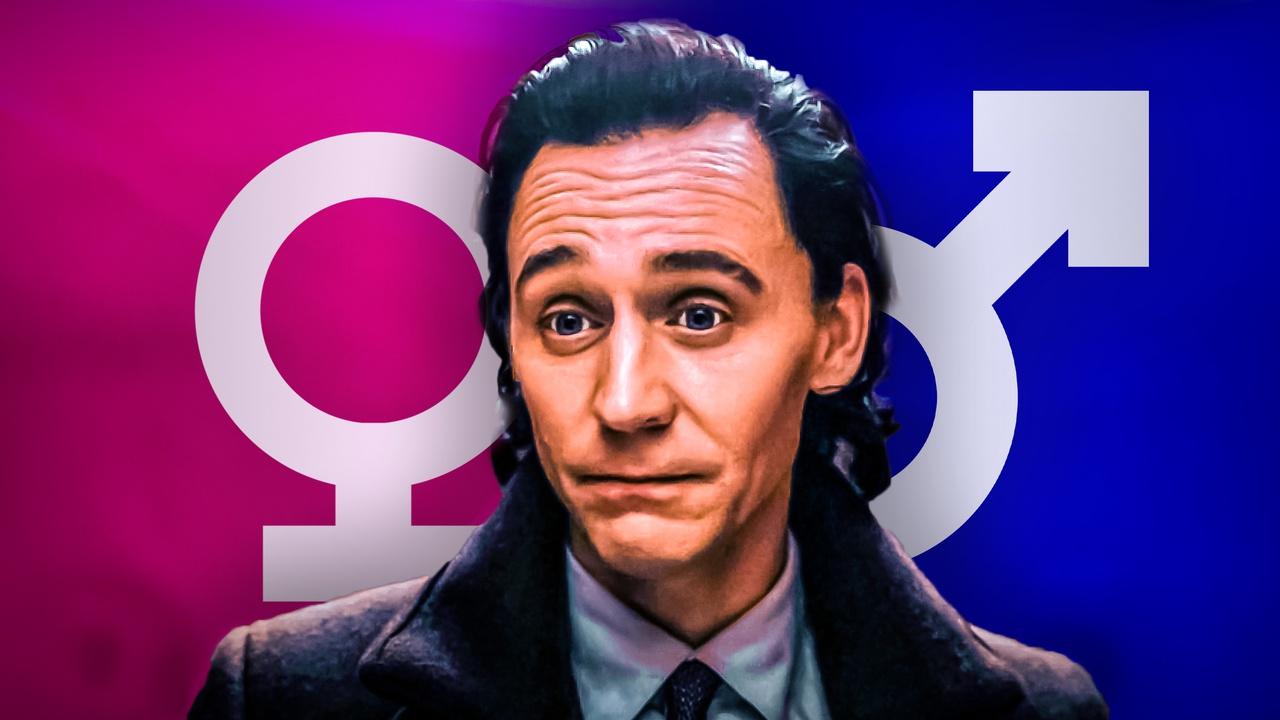
One recognizable Loki character switched from male to female during the casting process for Season 2. The second season of the Tom Hiddleston-starring Disney+ series continued Loki's adventures in the time-travelling Multiversal institution of the Time Variance Authority (TVA), and that included the introduction of some new characters. One of these was General Dox, the leader of the Minutemen.
The official art book from Marvel Studios for Loki Season 2 has revealed that General Dox, who was depicted as female in the series, played by Kate Dickie, was originally intended to be male. Concept art of General Dox shows a male design wearing different conceptions of a military TVA uniform.
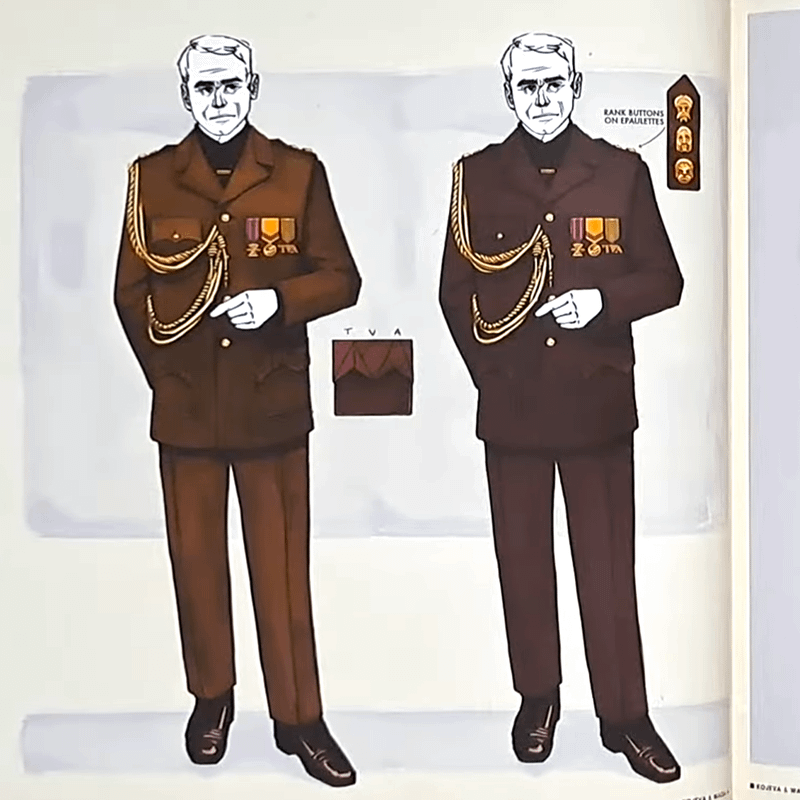
Christine Wada, Loki's costume designer, commented in the book that General Dox did indeed change during the casting process to become a female character, but this didn't impact the design process:
Wada: "General Dox changed with casting to a female character, but we were trying to find a twist on a recognizable military uniform and building that into the mid-century world of the TVA."
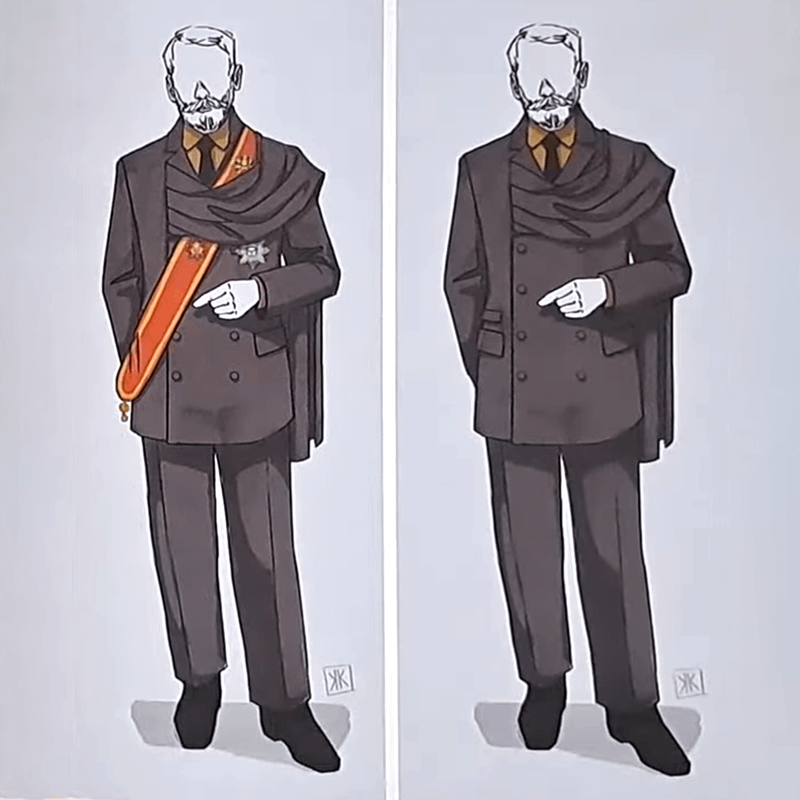
Wada added that Dox's costume designs were meant to "define the class structure of the TVA" and that she intended for Dox to "look like the top of the heap:"
Wada: "With our costumes. I was trying to define the class structure of the TVA. So by introducing elements like the sash or more of a robe look with that swath across the chest on the righthand side. I was playing with how far I could go to make General Dox look like the top of the heap. We 3D printed a lot of those medals with faces based on the Time Keepers."
Despite the gener-flip, Dickie's character in the show looked very similar to these concepts. In Loki Season 2, Dox wore a regal military uniform with adorned shoulder pads and medals.
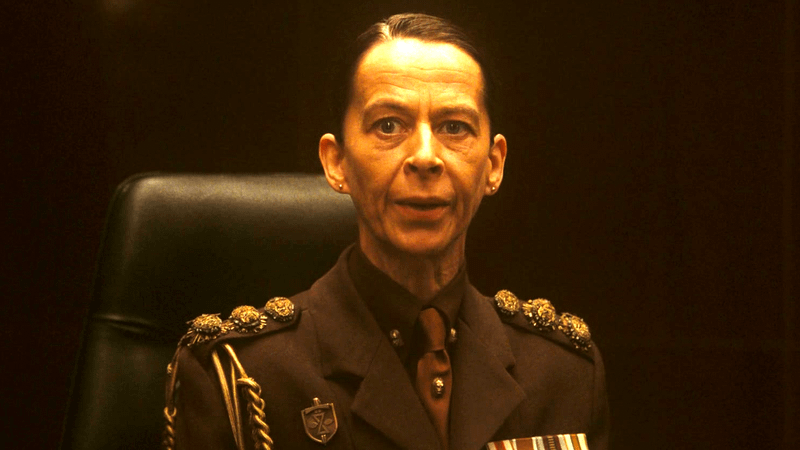
General Dox appeared in three episodes of Loki Season 2, where she served as one of the organization's leaders before forming a faction of loyalists who attempted to prune all the branching timelines. This made Dox one of the deadliest Marvel villains.
However, Dox is not the only character who underwent a significant design change during development.
Ouroboros, aka O.B., was another beloved addition to Season 2 of Loki, played by the Oscar-winning Ke Huy Quan. In the Loki Season 2 artbook, it's revealed that O.B.'s design inspirations stem from various looks, both male and female.
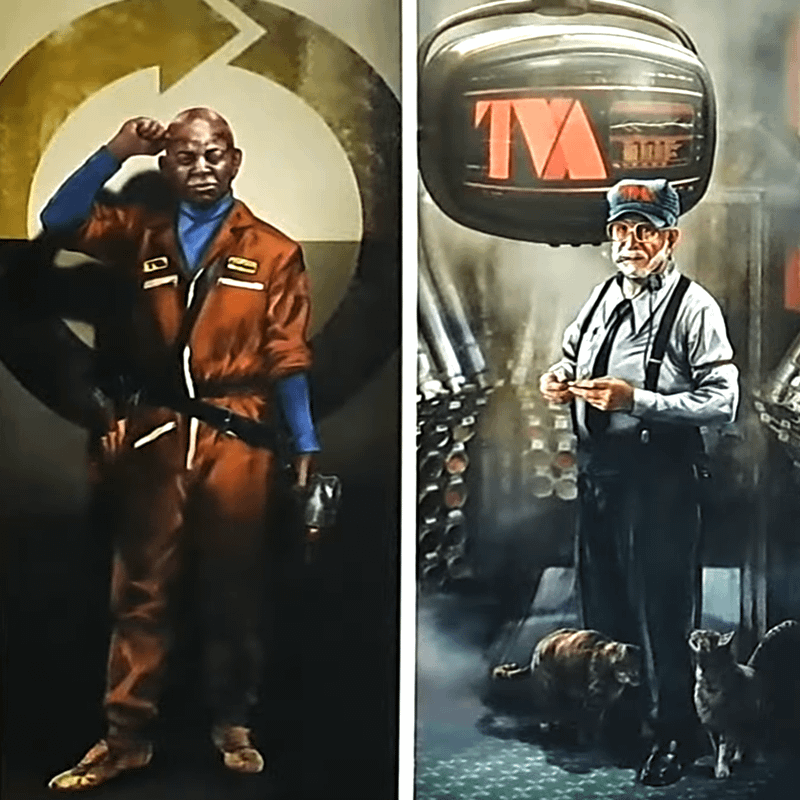
Jackson Sze, Loki's visual development supervisor, shared in the book that "we did a huge range of exploration for O.B. before casting was determined." This included referencing both male and female costume designs and visual aesthetics to determine O.B.'s look as a long-term TVA employee. The designers looked to old uniforms of rail workers and labourers from the 1920s—1940s for inspiration.
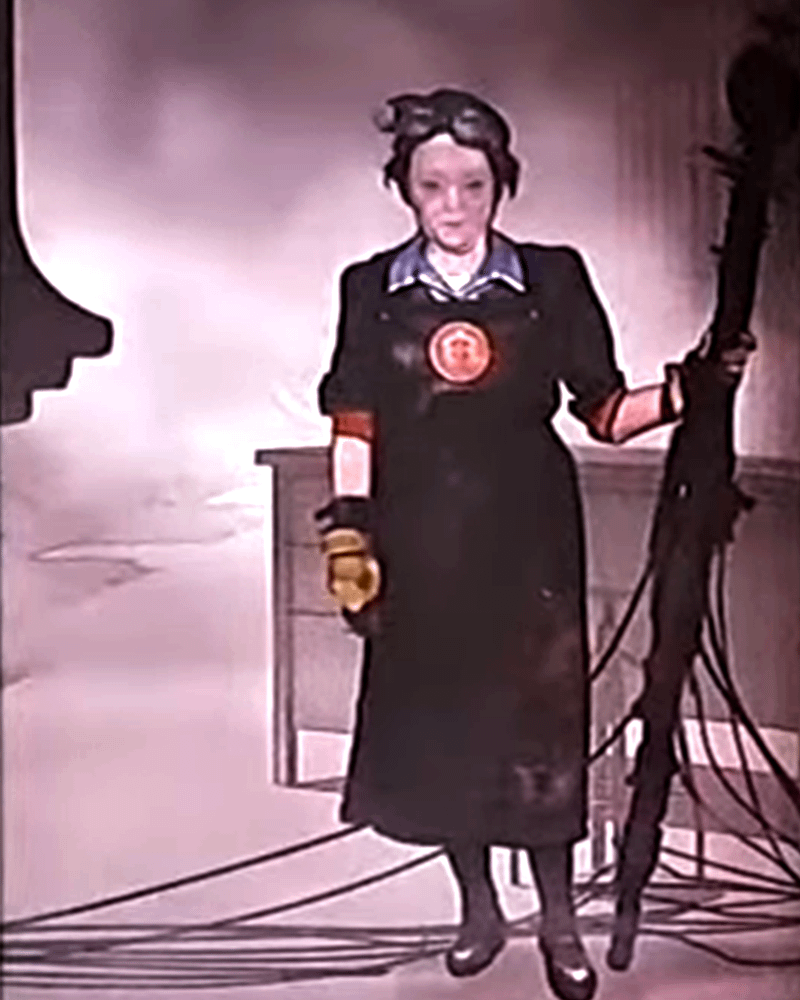
After Quan was cast, the final design of O.B., with his button-up overalls and green highlights, was determined to lineup with the designs of the previous season.

Loki Season 2 was the second and final instalment of the Disney+ series starring Hiddleston as the God of Mischief, first introduced in Marvel Studios' Thor franchise. Loki was created by Michael Waldron and starred Owen Wilson, Gugu Mbatha-Raw, and Sophia Di Martino alongside Hiddleston.
Marvel Studios' History with Gender-Swapped Characters
Marvel Studios has a rich history of comic book lore to draw on for its characters in the Marvel Cinematic Universe, but that hasn't stopped the studio from switching and altering characters to fit the narrative.
In recent years, Marvel has gender-swapped several significant characters. One was the famed Marvel villain, Taskmaster in 2021's Black Widow, who was switched from a typically male portrayal to be played by a woman, Olga Kurylenko. Similarly, Marvel's The Fantastic Four: First Steps introduced a female Silver Surfer rather than the usual male portrayal. However, this was based on Shalla-Bal, a female surfer from the comics.
The major difference between these characters and O.B. and Dox is that both the Loki characters were originally created for the Disney+ show and not based on comic characters. This gives the designers and creatives more freedom to toy with their characters and allows them to change them as is needed rather than adhere to a design established by the comics.












